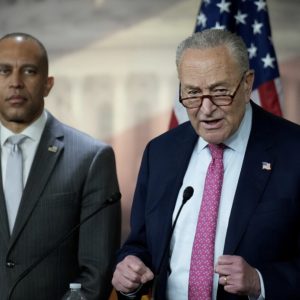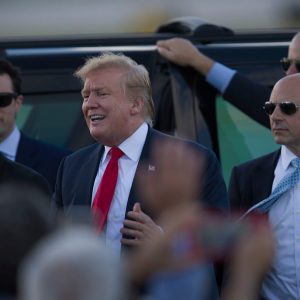On Saturday night, June 21, President Donald Trump confirmed that the United States had launched a major military operation targeting Iran’s key nuclear facilities at Fordow, Natanz, and Isfahan. The surprise airstrikes, carried out by B-2 stealth bombers and Tomahawk cruise missiles, were described by Trump as a “spectacular military success.” Speaking on Truth Social, Trump claimed that the strikes had “totally and completely obliterated” the facilities, particularly highlighting the full payload dropped on Fordow. He praised the U.S. military personnel involved and declared, “Now is the time for peace.” The decision followed rising fears that Iran was nearing the development of nuclear weapons. After consulting top advisers—including Vice President JD Vance, Secretary of State Marco Rubio, and Gen. Dan Caine—Trump authorized the attack, citing Tehran’s refusal to engage diplomatically and its continued threats to regional stability.
The operation, codenamed Midnight Hammer, was timed to coincide with a waning moon to maximize stealth. While U.S. officials reported full success, Iranian state media downplayed the damage, claiming limited destruction and no casualties. The IAEA confirmed no radiation leaks but could not yet assess the full extent of the damage. Iran’s government condemned the strikes as “outrageous” and warned of “everlasting consequences.” This escalation follows intensifying conflict between Iran and Israel, raising alarms among global powers about the risk of broader war. In a brief national address, Trump reaffirmed his determination to halt Iran’s nuclear ambitions, warning that future provocations would trigger even harsher responses.





